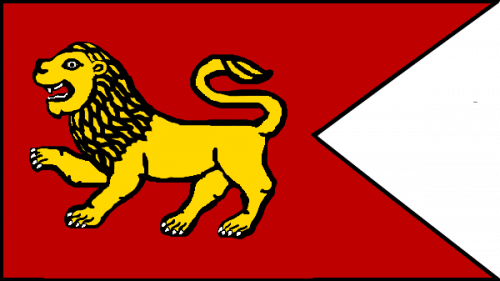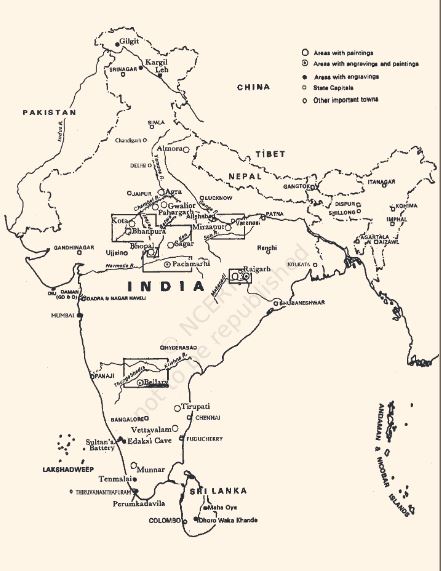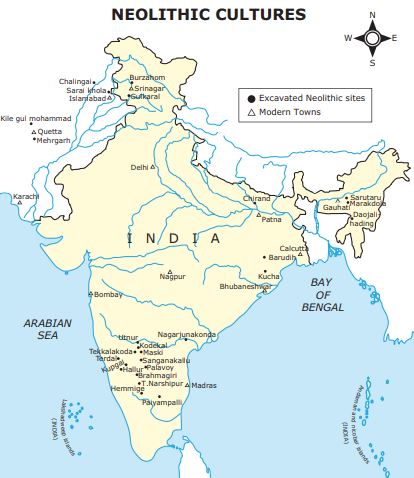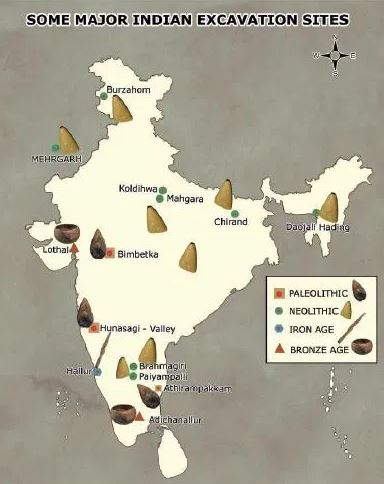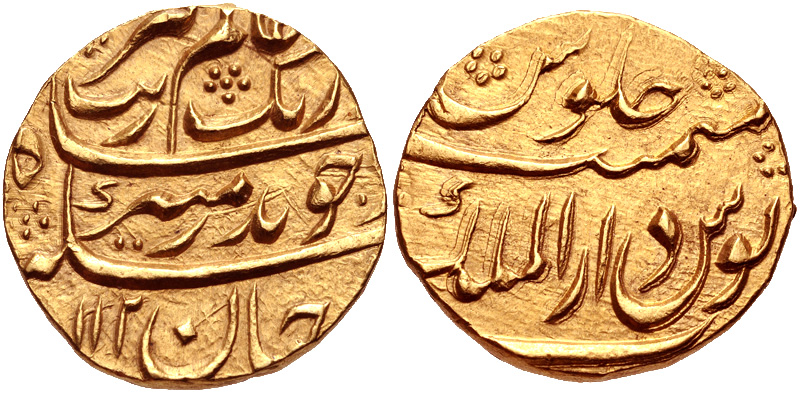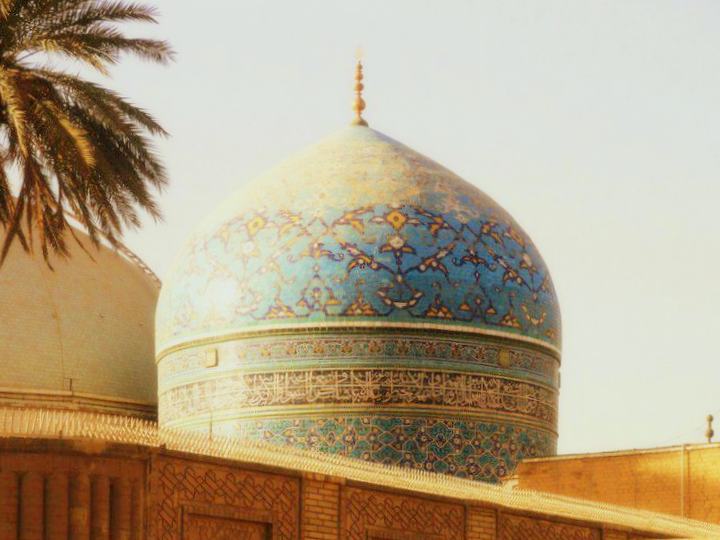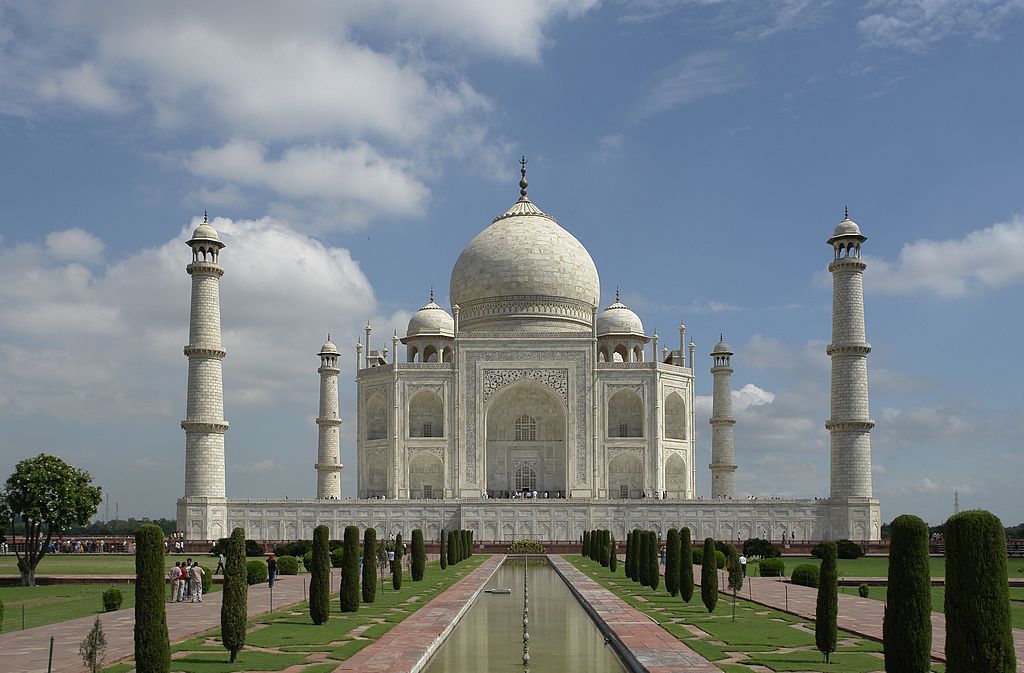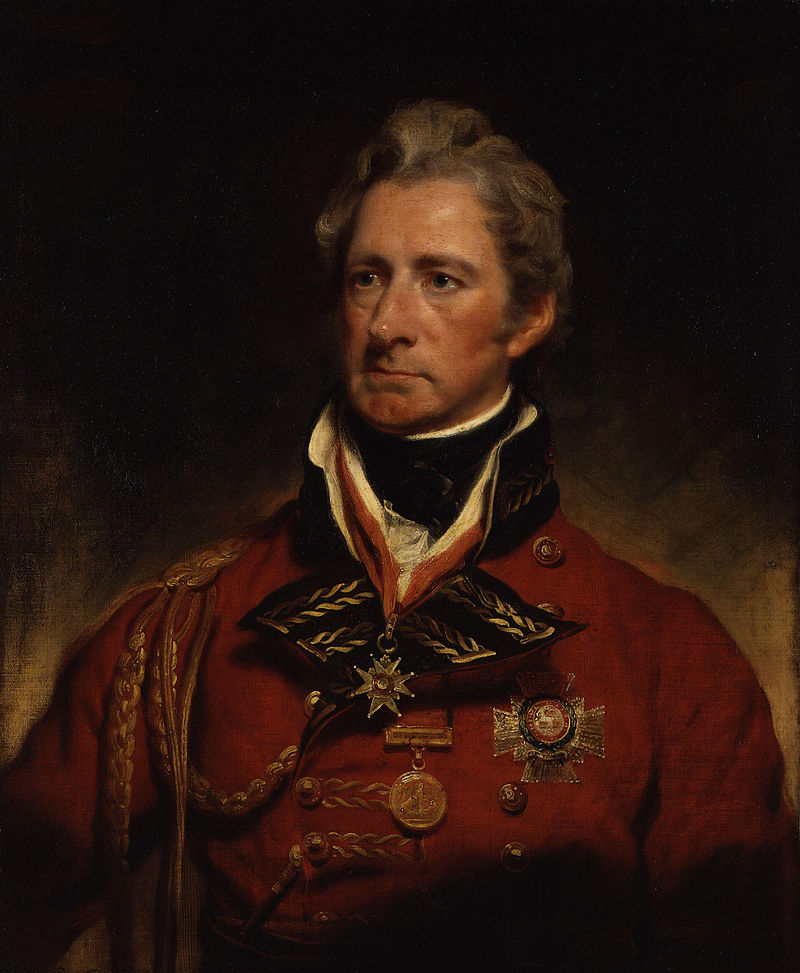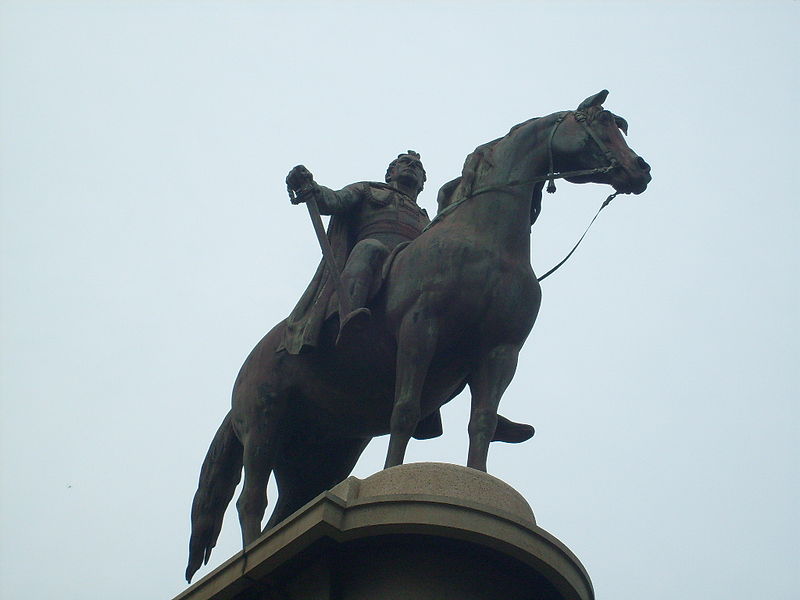Pallavas art and architecture Upsc
Pallavas art and architecture Pallavas era was the great age of temple building. They actually introduced the art of excavating temples from the rocks. Also, the Dravidian style of Architecture was actually started by the Pallavas. The Dravidian architecture had a gradual evolution that started from cave temples to monolithic rathas and finally to structural … Read more

